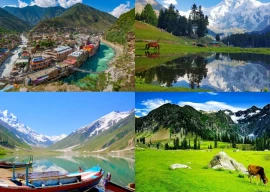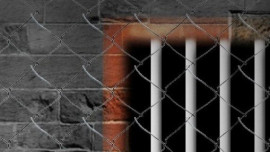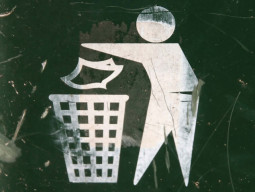With monsoon spells expected in central and southern Punjab between July 15 and July 25, residents of several villages have been evacuated.
In Rakanpur, people have evacuated their homes and left for safer areas following the rise of water levels in the Indus River. Locals fear the water could reach their homes if the level keeps rising.
Dera Ghazi Khan
Instructions have been given to thousands of residents in seven union councils of district Dera Ghazi Khan and its sub-district Taunsa. Announcements have been made in local mosques to evacuate the area.
People have also started moving away from around small canals in tribal areas of the district, as the water level in Taunsa barrage rises.
Residents fear that if floods of the same intensity recur, the destruction will be greater and affect urban areas as well since the buffer areas in between have already been washed away last year.
The dykes are only partially complete and locals suspect a collusion of bureaucrats and contractors in this case. They allege that only 50 per cent of the work would be completed by this monsoon and it will, in most eventuality, be washed away.
Rajanpur
Rehabilitation work on dykes in Rajanpur started as late as April this year, say locals, and is not expected to be completed any time soon. Officials have been focusing on building the capacity of rescue forces to counter the impending floods but have largely ignored the dykes.
Layyah
While the government planned construction of several small dykes, fiscal mismanagement by provincial and federal government has ensured that nothing materialises on ground. Locals have been calling for rehabilitation of the major embankment, the Kukarwala dyke, or else the entire district is prone to major destruction.
Rahim Yar Khan
Rahim Yar Khan faced major devastation after water was diverted by feudals in Kashmore towards the district. While the city of Rahim Yar Khan was spared, the adjoining areas including sub-district Bhong, Kot Mithan and Chachraan Shareef were not. Rupturing of the Chachraan dyke resulted in inundation of a million acres of land.
The government has taken ad hoc measures without any planning, and 93 major roads in and around Bhong have still not been repaired. While Rs180 million were allocated for Minchanabaad dyke, there is no progress on ground, The Express Tribune has learnt.
Muzzaffargarh
While the major dykes in this district, which lies between rivers Chenab and Indus, have been repaired, rehabilitation of Head Kaalu and Ghazi Ghaat dykes has been cancelled. Other areas of the district including Rohainlawali, Wasandaywali and Shehar Sultan have also been largely ignored.
Pakistan Peoples Party (PPP) MNA Jamshed Dasti, on June 2, tendered his resignation from the National Assembly in protest over government inaction to repair dykes and embankments in his constituency.
Dasti said he had made this decision due to the Punjab government’s negligence in not securing the embankments and dykes of Taliri canal in Muzaffargarh.
A major dyke on Taliri canal broke down before the water level could even cross the mark of normal flow of flood in Indus. The overflow of water inundated more than 16 rural settlements in the area.
Locals also complained of nepotism in rehabilitation work.
You must know someone close to the prime minister or the chief minister to get rehabilitation work done in your area, an 84-year-old man told The Express Tribune.
Junction of five rivers
Alipur, a sub-district of Muzzaffargarh and a point of junction for all major rivers of Pakistan, faced immense devastation with 200,000 people displaced and 115,000 acres of land inundated. Major dykes that collapsed include Mahatamawali, Mori, Sarki Langar, Khanwa, Ghabar Araayin, Mithanwali and Khaanani. None of them have been rehabilitated and therefore pose a major threat to southern Punjab.
Published in The Express Tribune, July 14th, 2011.

1732794167-0/barbie-(5)1732794167-0-165x106.webp)
1732520496-0/BeFunky-collage-(86)1732520496-0-165x106.webp)














COMMENTS
Comments are moderated and generally will be posted if they are on-topic and not abusive.
For more information, please see our Comments FAQ